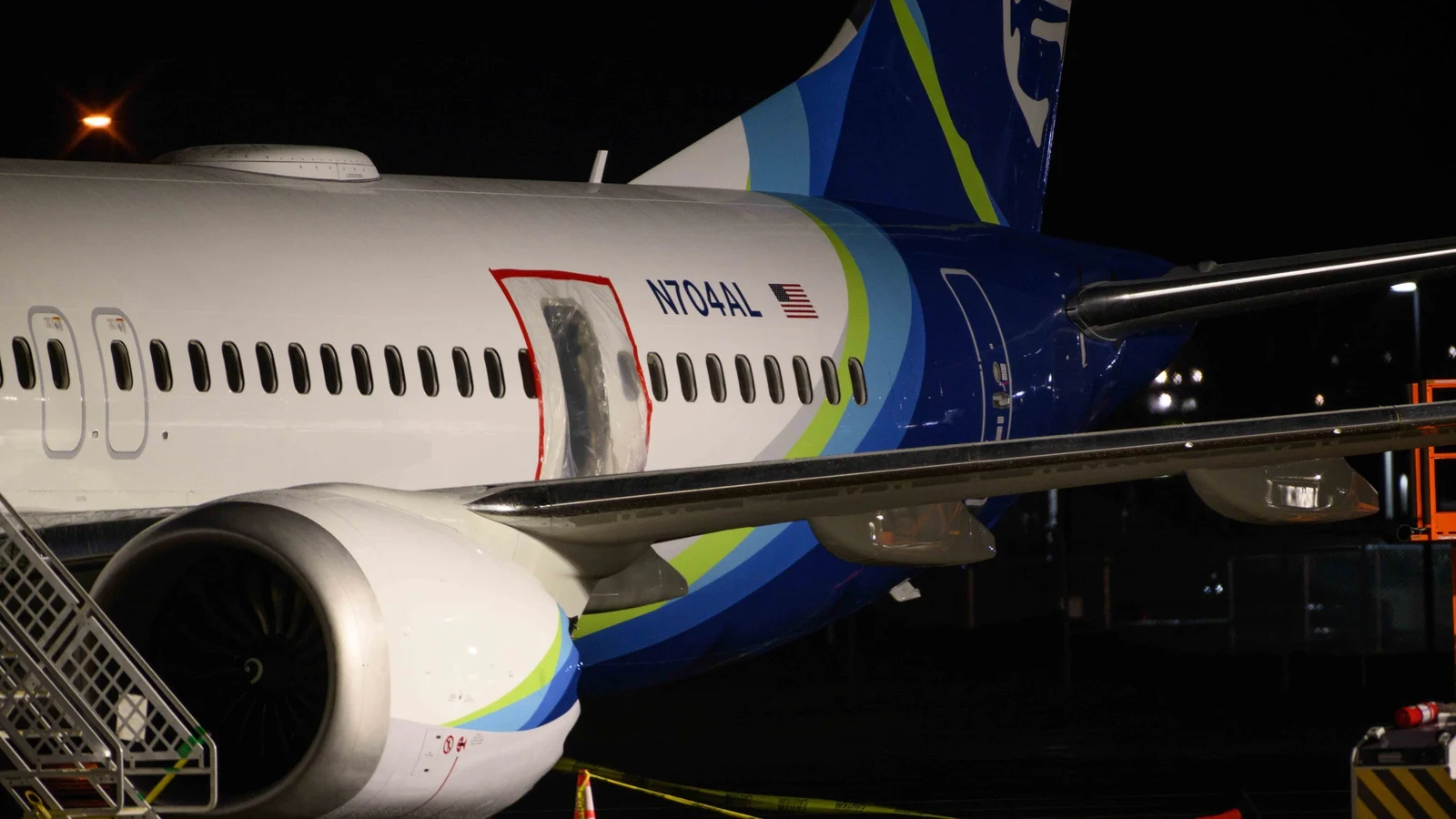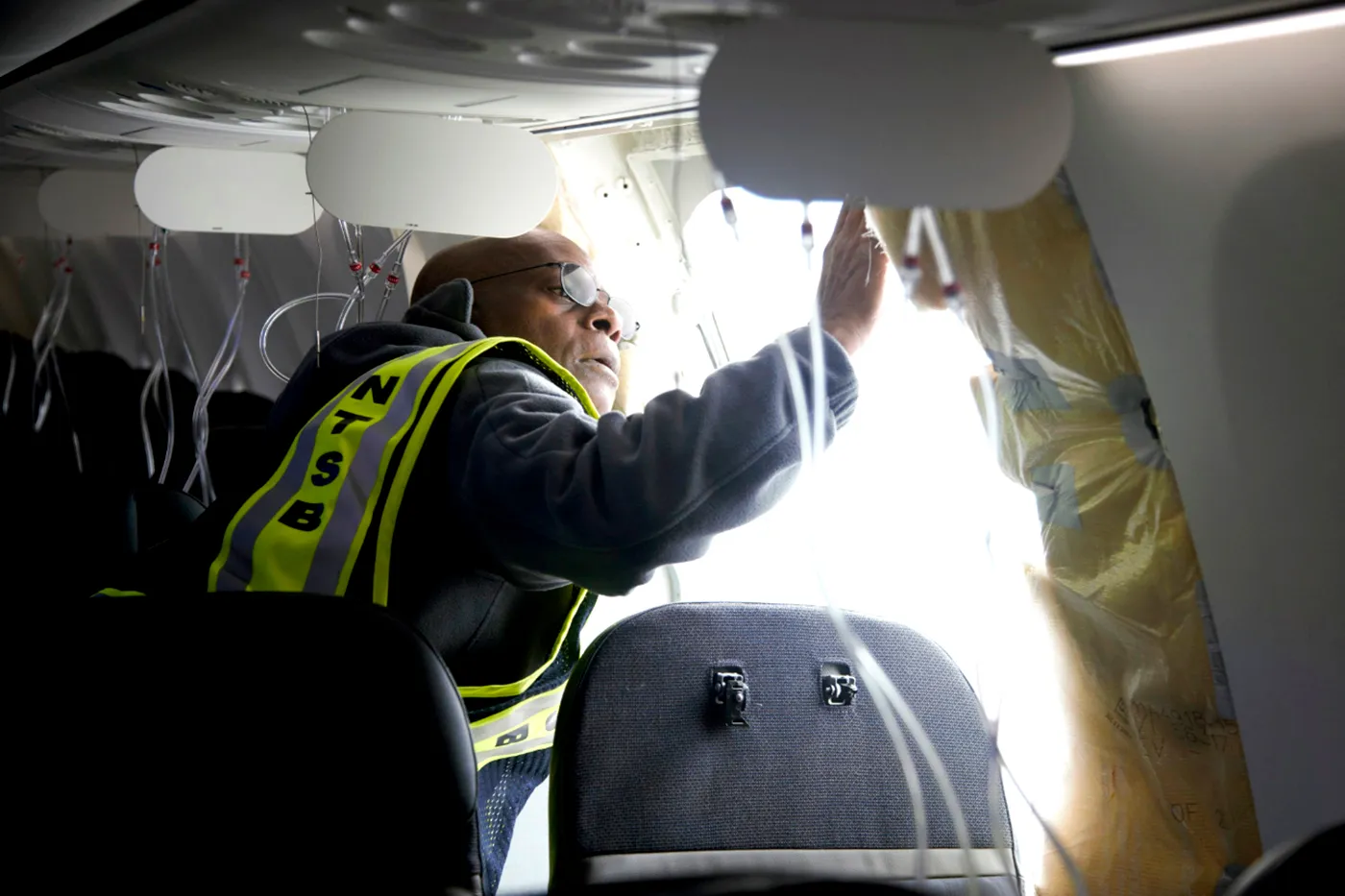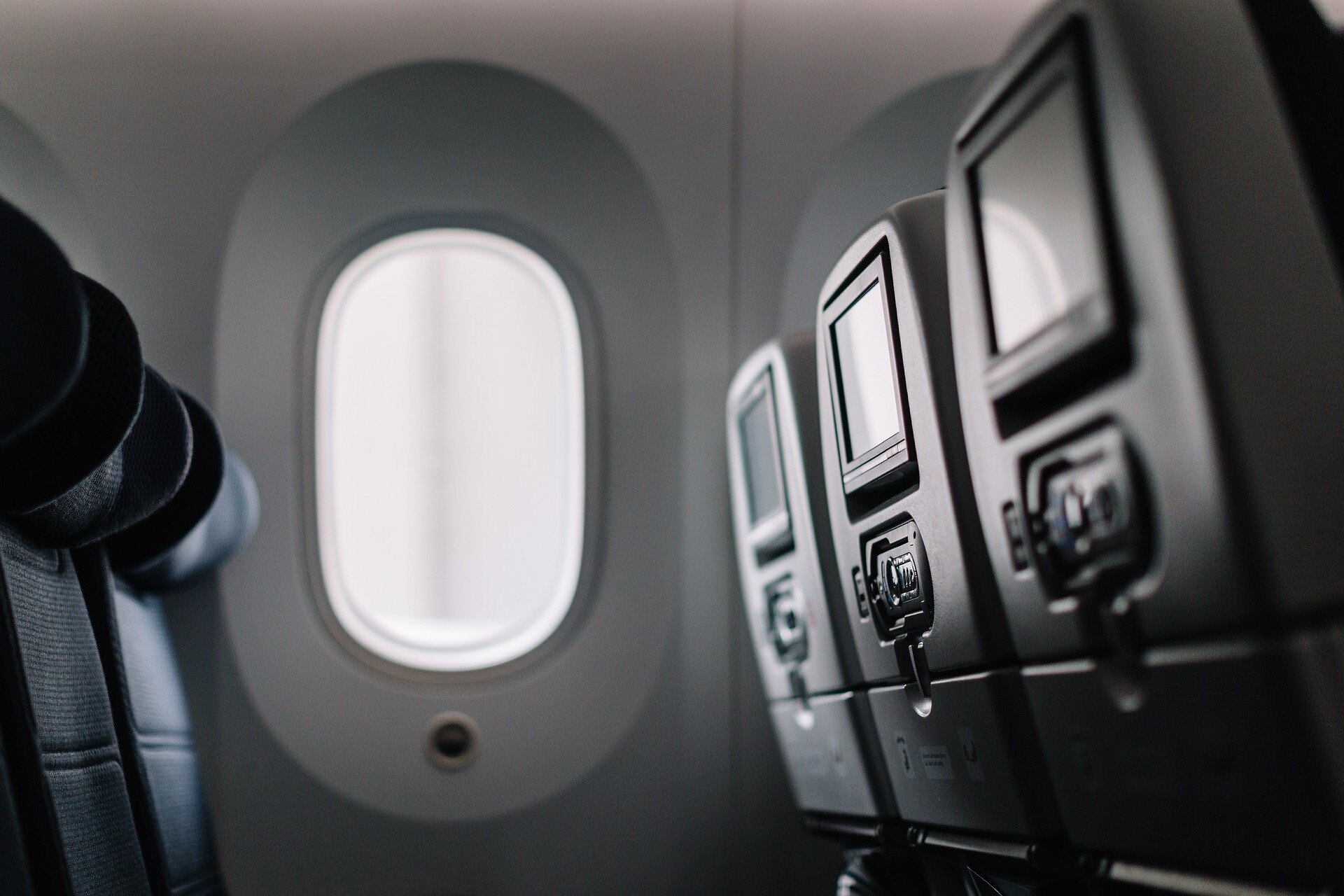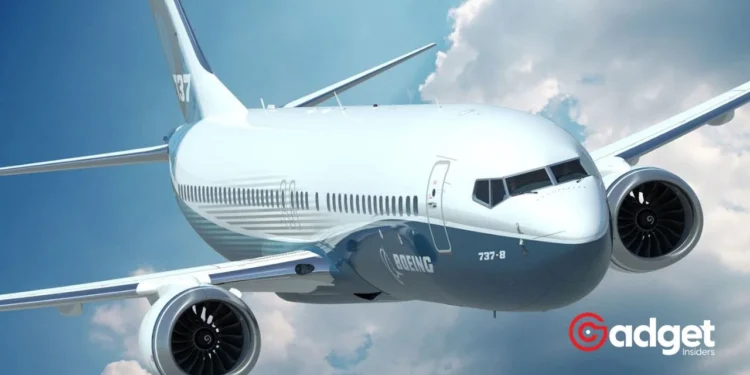In the high-flying world of aviation, Boeing once symbolized unparalleled safety and innovation. A titan of the skies, its aircraft have cradled the dreams and journeys of billions around the globe. However, recent events have cast long shadows over this legacy, prompting the question: Can Boeing soar once more, or has it irretrievably lost altitude in the public’s trust?
Boeing: A Turbulent Descent
The aviation industry heralded as the epitome of safety with record-low fatalities in recent years, has been jolted by a series of misfortunes befalling the aviation giant. An Alaska Airlines flight’s ordeal with a door plug and subsequent discoveries of loose parts on the 737 Max 9 planes have not only triggered inspections and audits but also a steep decline in consumer confidence.
The gravity of these incidents cannot be understated. They hark back to a grim chapter five years prior when the tragic crashes of two 737 MAX 8 planes claimed 346 lives.

“They’re right back where they were—under the microscope,” remarks Peter Mancusi, a seasoned lawyer and crisis management expert.
For Boeing, the journey ahead is not merely about technical rectifications but a fundamental restoration of faith.
The Crossroads of Crisis Management
Effective crisis management, as Mancusi underscores, begins with regulatory redemption. Before the aviation giant can mend its image in the public eye, it must first demonstrate to the Federal Aviation Administration (FAA) that safety is not just a priority but a cornerstone of its operations.
This phase is delicate; any misstep or overstatement could further complicate their path to recovery. Historically, Boeing was the archetype of aviation safety, sparing no expense to protect its passengers. Yet, according to Simon Pitts, this ethos has eroded over decades, giving way to a culture where profits eclipse principles.
This shift, Pitts notes, was markedly pronounced following Boeing’s merger with McDonnell Douglas in the late ’90s, leading to a focus on cost-cutting and efficiency over-engineering excellence.

Engineering a Turnaround
The road to redemption is steep, but not insurmountable. Boeing’s recent executive shake-ups, including the departure of its CEO, chairman, and head of commercial airplanes, signal a willingness to recalibrate.
Pitts advocates for leadership that is either deeply rooted in engineering or possesses a profound understanding of it. Such a pivot could steer Boeing back to its foundational strengths in innovation and quality.
Moreover, the morale and engagement of Boeing’s workforce are pivotal. Paula Caligiuri, a distinguished professor of international business, emphasizes the importance of fostering an environment where employees are encouraged—and rewarded—for voicing safety and quality concerns.
This cultural shift towards “psychological bravery” and ethical steadfastness could be the linchpin in Boeing’s efforts to rebuild trust.
Can Boeing be trusted again? What steps can the biggest name in aviation take to repair its reputation? https://t.co/kLG818bUSt
— 🇺🇦Evan Kirstel #B2B #TechFluencer (@EvanKirstel) March 30, 2024
Charting a Course Forward
For Boeing, the horizon holds both challenges and opportunities. It stands at a crossroads, where the choices made today will indelibly shape its future in the annals of aviation history.
Re-establishing its reputation demands more than adherence to regulations; it requires a renaissance of the values that once made Boeing synonymous with safety and reliability.

In this pivotal moment, Boeing’s saga is a stark reminder of the delicate balance between innovation and integrity. As the company endeavors to navigate through its current turbulence, the global community watches closely, hopeful for a safe landing back into the vanguard of aviation excellence.









